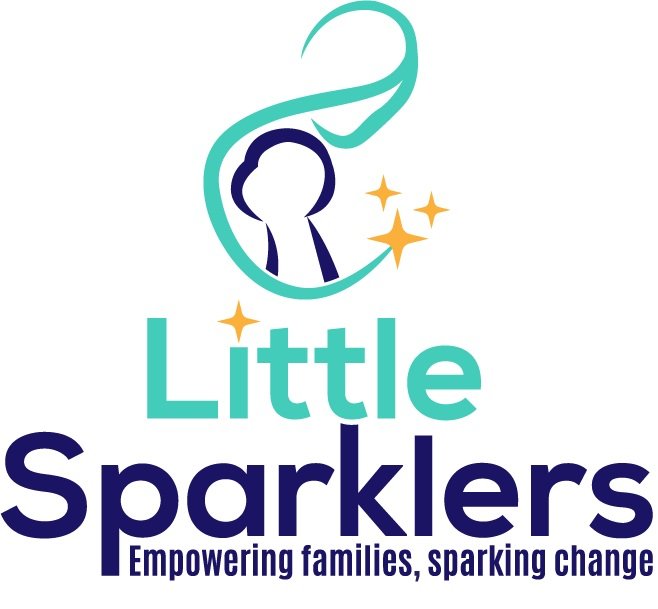Risk Minimisation for Safer Shared Sleep Saves Lives
image credit: Vida Images
I feel a really strong need to clarify something for those reading along here:
Safe bedsharing not only saved my sanity, it possibly saved my baby’s life.
I don’t say that lightly but with the full awareness that up until the point I discovered information on how to reduce the risk of shared sleep I was unintentionally putting my baby at great risk multiple times a night, every night.
He could NOT settle in his cot.
Ever.
Even with our intense persistence with sleep training.
He just couldn’t.
But boy could that babe wake.
Every 45 minutes to an hour.
Every night.
Nope, that’s not your average kind of normal, but that was my baby.
And to tend to that child of mine I was up and needed SO many times a night, every night.
And up until 6 months of age, that involved me getting up to tend to him and doing my utmost to adhere to the safe sleep advice I knew ... keep him in his own sleep space. Do not co-sleep. Cosleeping is dangerous.
No one told me that falling asleep with him on me in the nursing chair WAS cosleeping...
I wasn’t trying to sleep with him.
I had every intention of putting him in his cot.
But I physically could not stay awake with him.
I could not.
But I didn’t realise the huge risk attached to my efforts trying desperately not to cosleep.
For 6 months, my baby slept in dangerous situations regularly.
Was I negligent or careless?
No.
I was a desperately tired first-time mum trying to do everything right and adhere to the rules as I knew them.
No one told me about risk reduction strategies for shared sleep.
You can imagine my horror upon realising the danger I had inadvertently been placing my baby in when I found out about preparing a safer shared sleep surface for bedsharing.
I was so angry at myself.
I took it all on.
But it was only later that I came to realise that my anger was misplaced.
How the hell was I to know any different?
Where was the information?
It simply wasn’t available at the time unless you knew to go digging.
And that is not fair.
Not when research shows that over 75% of families will share a sleep surface with their infant in the first three months.
Thankfully, peak bodies such as The Lullaby Trust and Basis-Baby Sleep Info Source in the UK and Red Nose in Australia have recognised that blanket ‘no cosleeping’ messaging is deeply flawed and have begun to actively share risk reduction strategies for safer shared sleep.
But it still remains largely taboo.
Any talk of cosleeping online is often swiftly attacked by those in the anti and it shuts down far too many conversations and sparks fear when education could easily save lives.
The ‘cosleeping is dangerous’ messaging could have killed my baby.
That’s a fact that still sends shivers down my spine.
But it’s also why we at Little Sparklers work tirelessly to ensure that the message gets out there that safer sleep for your baby is about risk reduction for YOUR family.
Your baby.
Your circumstances.
You.
Not blanket ‘do this, don’t do that’ but access to quality information on what is known and how you can work to reduce risk in your setting.
If you’ve never had the chance to look into how to make shared sleep safer, check the resources I have linked above, because even if you have no intention of ever sharing sleep with your baby, research says that there is a high likelihood that you will and it would be brilliant if on those occasions you knew how to reduce risks.


